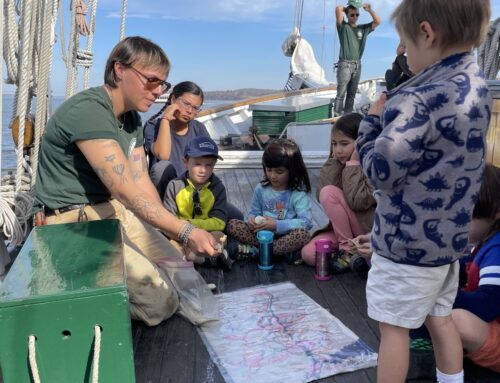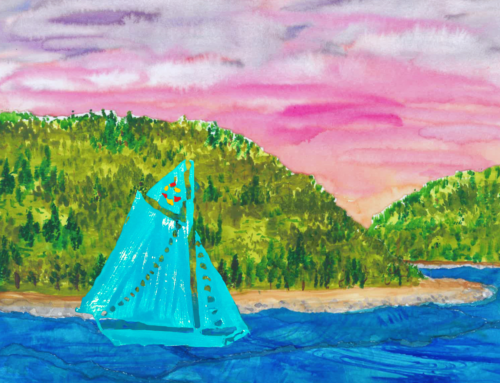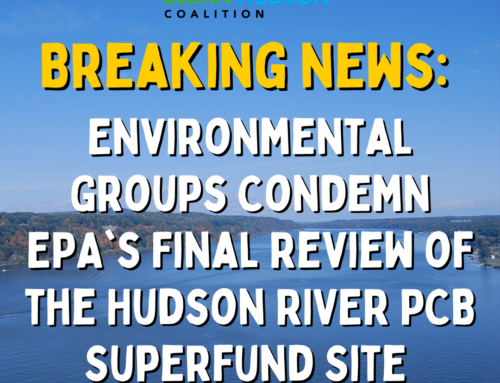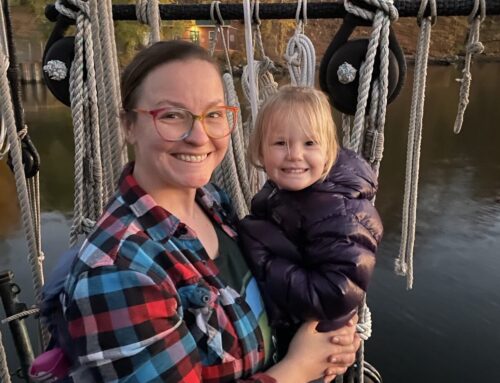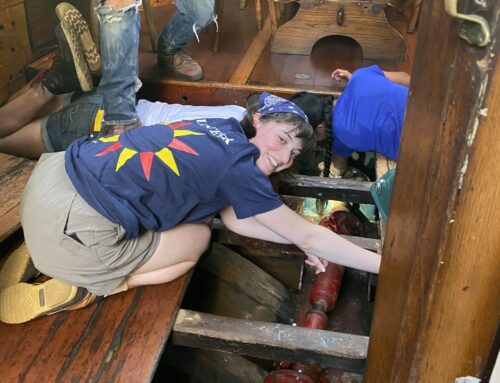ULSTER PARK (Ulster County)—The public is invited to join a hike through a forested area along the Hudson River to learn about and document the status of specific plants that can offer scientists clues about how the species are being impacted by a changing climate in the Hudson Valley. Participants also will have an opportunity to wade into the Hudson to help catch fish using large nets. After being identified and classified so information about the catch can assist scientists, the fish will be released. This citizen science outing, Walk and Wade, will be hosted by the Hudson River Sloop Clearwater and Scenic Hudson at Esopus Meadows Preserve, 257 River Road, Ulster Park, Ulster County, from 2 to 4 p.m. on Saturday, Sept. 9. The event is part of the annual Hudson River Valley Ramble, presented by the Hudson River Valley Greenway. The preserve is owned and maintained by Scenic Hudson.
Environmental educators from Scenic Hudson and Clearwater will lead the Walk and Wade activities. The event will begin with a ribbon cutting for Scenic Hudson’s new phenology trail, funded by a $4,900 grant from New York State’s Hudson River Valley Greenway program. Phenology is a branch of science that deals with the relationships between climate and seasonal activities by plants and animals. Scientists at environmental groups and with New York State are closely monitoring the effects a changing climate in the Hudson Valley is having on the region’s ecosystems. The public also will learn how the natural course of a stream at the preserve recently has been restored from damage sustained during the last couple tropical storms. Accomplished with a $97,500 grant from state Department of Environmental Conservation’s Hudson River Estuary Program with funds provided through the state Natural Resource Damages Fund and the U.S. Fish and Wildlife Service’s State Wildlife Grant Program, the work improves the preserve’s popular Hudson River Greenway Water Trail Site.
Following the trail walk, interested participants can put on chest waders to enter the Hudson with large nets to catch fish. Different fish species will be identified and examined, and there will be a discussion on fish biology and adaptation.

